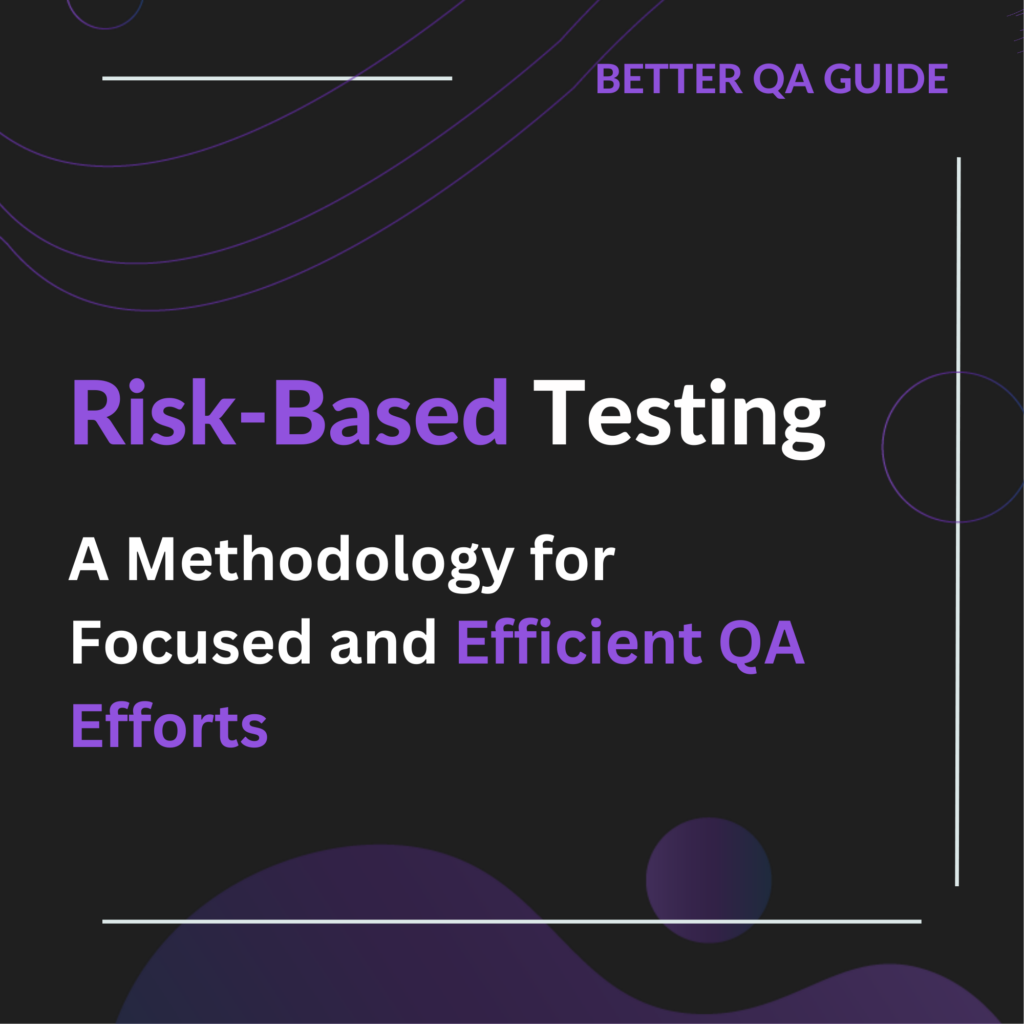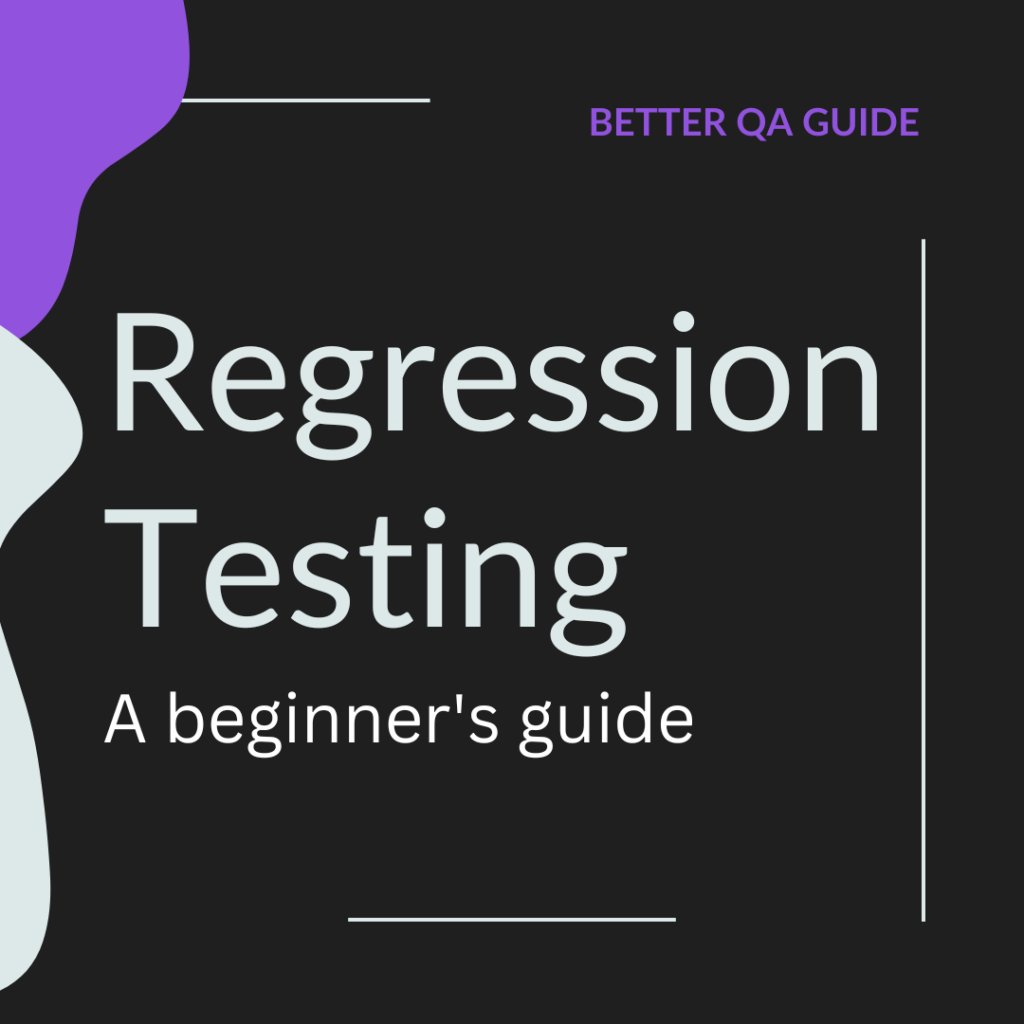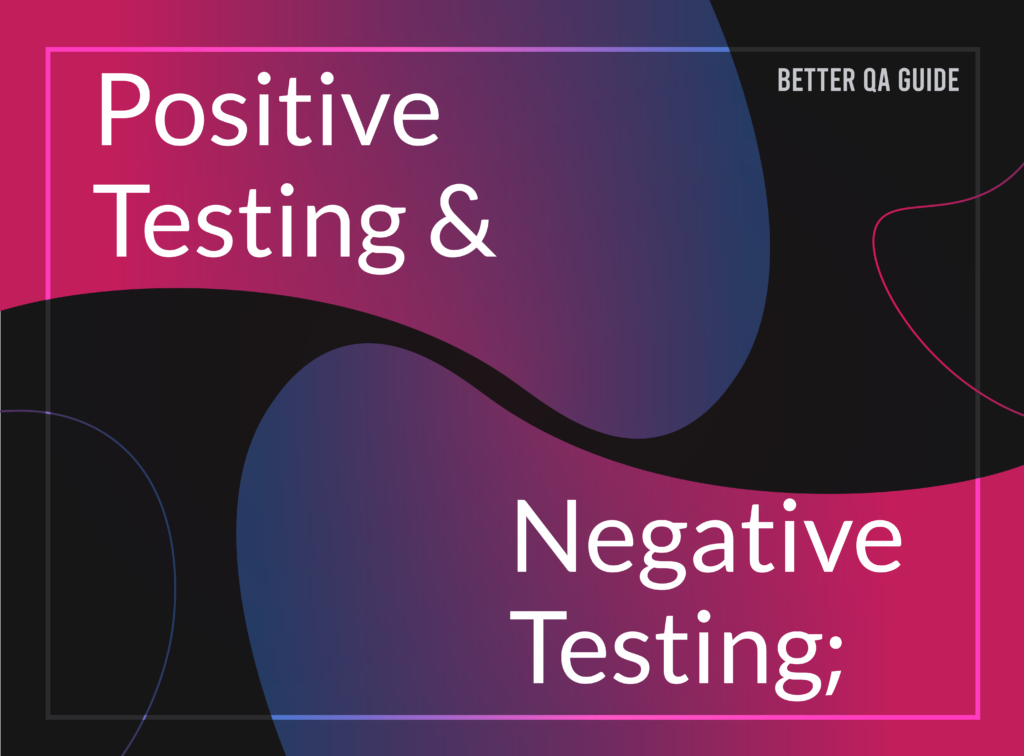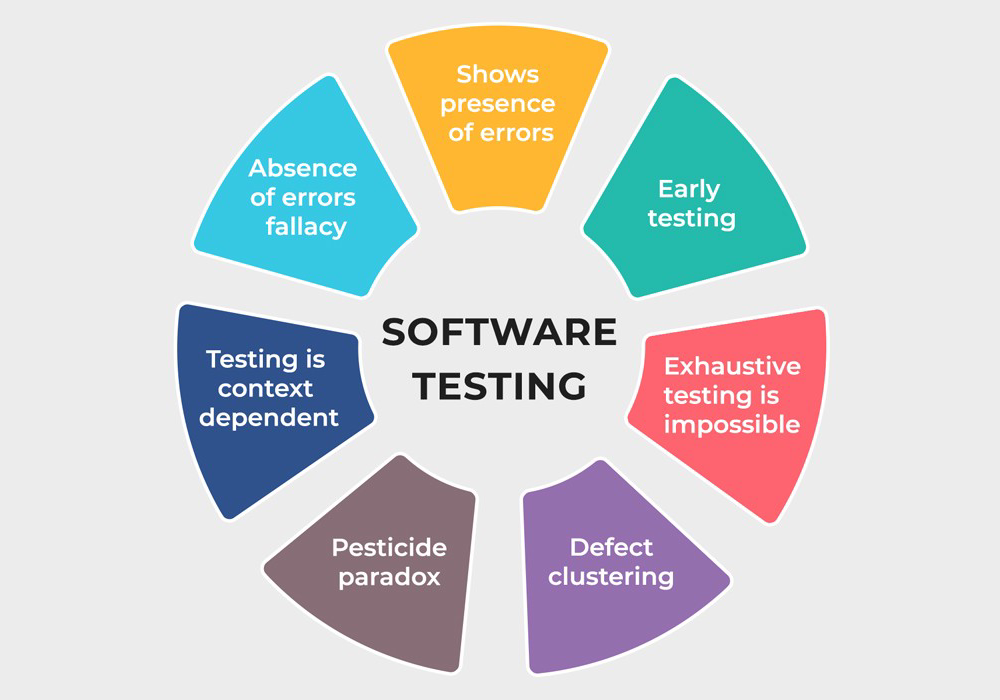Integrating Early QA in SDLC: Costs vs. Benefits

Introduction Implementing Quality Assurance is often overlooked in the initial phases of the development cycle. However, leading organizations and industry experts have started recognizing the significant advantages of integrating QA early in development. A strategic shift such as this reduces costs and significantly improves product quality. This article explores Early QA integration’s economic and strategic […]
Test Case Design: Crafting Effective Scenarios In 4 Steps

introduction When I think back to some of our early days at BetterQA, there’s one moment that stands out vividly. It was a late night in the office, and our team was finalizing a critical software release for a fintech client. There we were, reviewing test cases , not just the routine ones, but the […]
Shift-Left Testing Benefits in Modern Software Development

introduction In today’s fast-paced world of software development, delivering high-quality products quickly and efficiently is a must. One strategy that’s gaining a lot of attention is Shift-Left Testing; a process that moves testing earlier in the development cycle. In this article, we’ll explore the benefits of Shift-Left Testing and share some tips on how organizations […]
Agile Scrum: Testers Maximizing Efficiency and Collaboration

introduction In the world of software development, Agile Scrum has taken the lead with its focus on flexibility, collaboration, and continuous progress. But here’s the thing: it’s not just about developers writing code, testers are just as crucial to ensuring the team delivers high-quality products. In this article, we’ll talk about the key role testers […]
Risk-Based Testing: Focused and Efficient QA Methodology

introduction In today’s fast-paced world of software development, it’s all about getting things done quickly without sacrificing quality. That’s where Risk-Based Testing (RBT) comes in. It helps QA teams focus their time and resources on the areas that matter most, ensuring that the software performs as expected and delivers a great user experience. In this […]
Regression Testing: A Beginner’s Guide

Introduction The cycle of software testing repeats with every newly added feature. Automation testers take into consideration all the necessary steps to make sure users will receive a functional and bug-free product. Today’s article will tackle regression testing, why it is essential in product testing, its advantages, and how to execute it yourself. What is Regression […]
Positive & Negative Testing

Introduction The main objectives of software testing are to check and validate that the software product works as intended and to enhance the software’s quality. The two major types of software testing are functional and non-functional testing. Positive and negative testing go under functional testing. These testing approaches have their main features and functionalities and […]
The 7 Principles of Testing

Introduction to 7 Principles of Testing The seven principles of testing have been established by the ISTQB as testing and software development have evolved over the years and are considered the core of testing. First, let’s ponder where these principles originated and why they’re the pillars we lean on in today’s chaotic tech world. Historical […]
Acceptance/ Sanity/ Smoke Testing: A QA Guide

Introduction Let’s talk about the differences between smoke testing, sanity testing, and user acceptance testing (UAT). Generally, there is some confusion surrounding the topic of smoke testing vs. sanity testing. You might also be confused about why UAT is next to them. We want to clear it all out in this article. Since all of […]